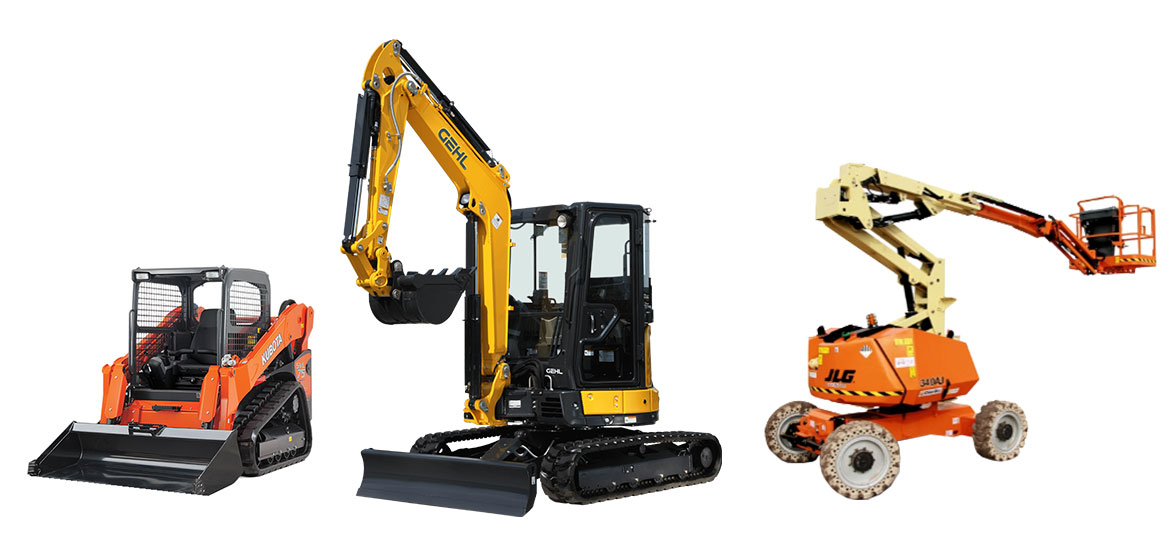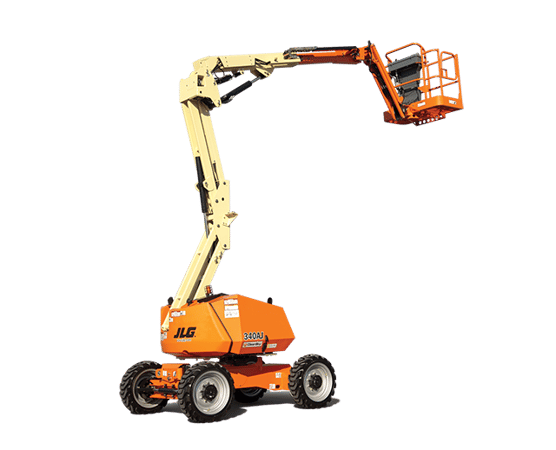Optimize Your Budget Plan by Comprehending the Expenses Connected With Construction Tools Services
Comprehending the complete scope of expenses connected with construction devices rentals is important for maximizing your budget plan. What strategies can be used to effectively manage these costs and make sure an extra efficient rental experience?
Overview of Rental Prices
When thinking about construction tools services, comprehending the associated expenses is critical for reliable budgeting and project preparation. Rental expenses can differ substantially based on numerous factors, consisting of devices kind, duration of rental, and area. The initial rental cost commonly reflects the tools's market demand and its linked operational capabilities, affecting the overall cost.
Along with the base rental rate, secondary costs might arise, such as transportation costs, fuel additional charges, and maintenance costs. It is vital to make up these additional costs to properly analyze the complete cost of leasing tools. The rental period can affect rates; longer services may qualify for reduced rates, while short-term leasings may sustain greater day-to-day costs.

Break Down of Rental Prices
An extensive understanding of rental rates is vital for professionals and job managers aiming to maximize their budgets. Rental prices for building and construction tools commonly contain several components, including base prices, time-based charges, and usage costs.
Base prices are the core costs connected with the service of the devices, commonly determined by the kind and dimension of the machinery. These rates can differ substantially, influenced by factors such as tools demand, availability, and local market trends. Time-based costs, which might be daily, weekly, or monthly, serve to accommodate various project timelines and rental periods.
Furthermore, rental rates may consist of usage costs, which are relevant when devices is made use of past a specified limit, making sure that the rental business can make up deterioration. Seasonal need variations can likewise influence rental rates, with peak construction periods normally regulating higher costs.
Moreover, recognizing the rental company's plans regarding maintenance and insurance can give additional understanding into the general price structure. By analyzing these elements, contractors can make educated choices, making sure the option of rental equipment lines up with both task requirements and spending plan restraints.
Extra Charges to Take Into Consideration
Understanding the intricacies of extra fees is crucial for service providers to handle their total service expenses effectively. Beyond the common rental prices, different extra costs can dramatically impact the complete cost of equipment leasing. These charges typically include shipment and pickup costs, which can vary based on range and logistics associated with moving the tools to and from the work website.
In addition, some rental firms might impose fuel surcharges if the equipment is returned with less fuel find out than when rented out. It is additionally necessary to recognize potential cleaning costs, specifically for specific devices that requires comprehensive upkeep after usage.

Extensively examining the rental agreement and clarifying these added costs in advance can help service providers guarantee and avoid unforeseen prices that budget plans remain undamaged throughout the project lifecycle.
Upkeep and Fixing Expenditures
Regular repair and maintenance expenditures are usually ignored factors that can considerably affect the overall expense of construction tools rentals. When renting tools, it is important to take into consideration not only the rental charges but likewise the possible costs linked with maintaining the machinery in ideal operating problem.
Numerous rental firms include standard maintenance as part of the rental contract; however, extra unanticipated breakdowns or comprehensive fixings can result in extra expenditures. It's important to examine the rental agreement meticulously to comprehend what upkeep solutions are covered and what duties drop on the renter.
Additionally, devices that is not properly maintained can lead to inefficiencies at work website, possibly enhancing and causing delays project costs. To reduce these dangers, it is suggested to conduct regular inspections and maintain open communication with the rental supplier pertaining to any type of problems that develop during use.
Insurance Coverage and Liability Costs
Insurance coverage and responsibility prices are essential parts that can dramatically influence the overall expenditure of building and construction tools leasings (equipment rental company). These prices make sure that both the rental business and the customer are safeguarded from potential economic losses developing from accidents, damages, or theft during the rental period

Additionally, clients need to recognize any kind of deductibles or exemptions in the insurance coverage policy, as these can impact possible out-of-pocket expenses. Understanding the terms of any type of insurance coverage is crucial to stay clear of unexpected prices. Eventually, budgeting for insurance coverage and liability costs can help ensure a smoother rental experience and safeguard against financial threats connected with construction jobs.
Verdict
Finally, a comprehensive understanding of the expenses related to building equipment rentals is important for reliable budget management. By assessing rental prices, additional costs, upkeep costs, and insurance coverage requirements, individuals and companies can minimize unforeseen expenses. This tactical method not just enhances cost-effectiveness but also makes sure that projects proceed smoothly and effectively. Ultimately, notified decision-making concerning tools rentals contributes to the total success of building ventures.
Rental prices can vary considerably based on a number of elements, including equipment type, duration of rental, and place (scissor lift rental). The rental period can influence prices; longer services may certify for affordable prices, while temporary services could incur greater daily costs
By conducting comprehensive study and engaging with trusted rental firms, professionals can properly navigate the complexities of rental prices, ultimately optimizing their financial sources.
Beyond the basic rental prices, various supplementary fees can considerably impact the overall price of equipment leasing. Rental firms typically give liability insurance policy that covers injuries to third celebrations or damages to building, while equipment damage insurance coverage can cover the cost of repair services or substitute if the rented devices is harmed.